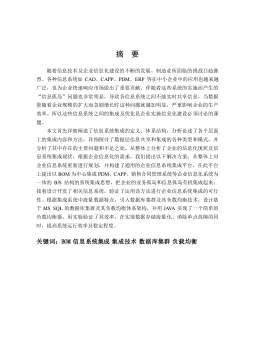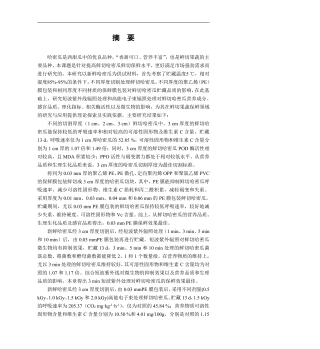小波分析在桥梁预警系统中的应用
摘要随着我国经济的快速发展,大跨桥梁建设事业也飞速发展,新颖结构、新型材料和新工艺等不断涌现,桥梁结构的形式和功能也更加复杂,在服役过程中,桥梁可能会受到各种各样因素的影响而发生损伤,作为生命线工程,大跨度桥梁的健康和寿命越来越引起有关部门的重视。桥梁的健康监测、检测是提供桥梁安全养护、正常使用的保证。针对大跨度桥梁安全的预警系统迎时而生,并已成为国内外学术界和工程界研究的热点。损伤识别方法是桥梁预警系统的关键内容,现有的损伤识别方法存在着一些问题:首先,现有指标的损伤识别效果往往停留在数值仿真层面上,在工程实践中很难应用,损伤识别效果的验证缺乏说服性;其次,现有指标受到结构本身及环境影响很大...
相关推荐
-
10KV电网D-SCADA 系统信息采集与故障诊断研究与设计VIP免费

 2024-10-14 26
2024-10-14 26 -
方形吸顶散流器平送风等温射流特性研究VIP免费
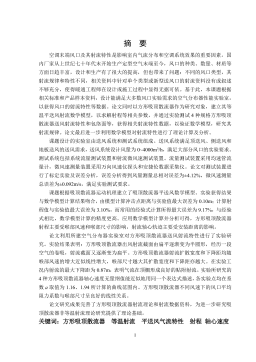
 2025-01-09 7
2025-01-09 7 -
关于充液声导波传感器中频散兰姆波的研究VIP免费
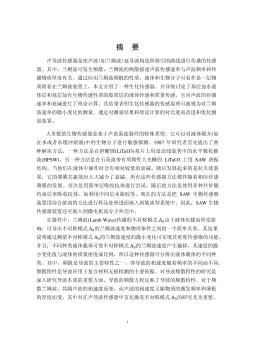
 2025-01-09 10
2025-01-09 10 -
结合梁斜拉桥施工过程中考虑剪力滞影响的分析方法VIP免费

 2025-01-09 6
2025-01-09 6 -
空调房间热舒适性的数值模拟与实验研究VIP免费

 2025-01-09 7
2025-01-09 7 -
汽车前轮线控转向系统研究VIP免费

 2025-01-09 8
2025-01-09 8 -
输入分配型混合动力车辆动力系统控制策略研究VIP免费
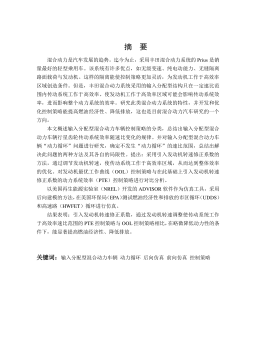
 2025-01-09 7
2025-01-09 7 -
双馈风力发电系统的柔性并网控制研VIP免费
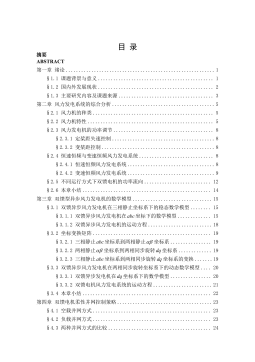
 2025-01-09 10
2025-01-09 10 -
污水处理厂污泥好氧堆肥发酵技术的试验研究VIP免费
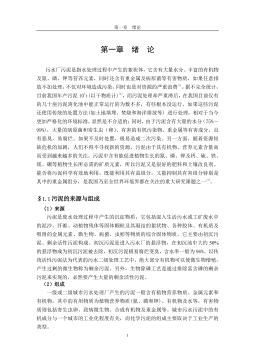
 2025-01-09 7
2025-01-09 7 -
应用风室试验装置的风机性能VIP免费
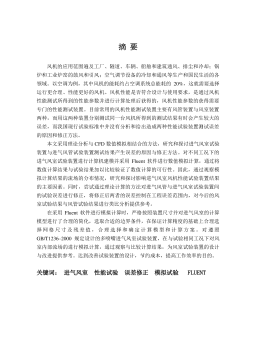
 2025-01-09 8
2025-01-09 8
相关内容
-

汽车前轮线控转向系统研究
分类:高等教育资料
时间:2025-01-09
标签:无
格式:PDF
价格:15 积分
-

输入分配型混合动力车辆动力系统控制策略研究
分类:高等教育资料
时间:2025-01-09
标签:无
格式:PDF
价格:15 积分
-

双馈风力发电系统的柔性并网控制研
分类:高等教育资料
时间:2025-01-09
标签:无
格式:PDF
价格:15 积分
-

污水处理厂污泥好氧堆肥发酵技术的试验研究
分类:高等教育资料
时间:2025-01-09
标签:无
格式:PDF
价格:15 积分
-

应用风室试验装置的风机性能
分类:高等教育资料
时间:2025-01-09
标签:无
格式:PDF
价格:15 积分


